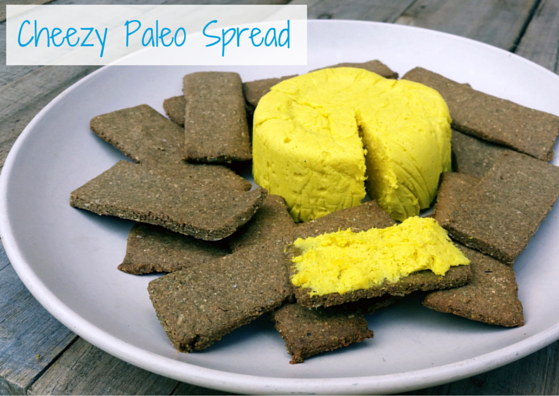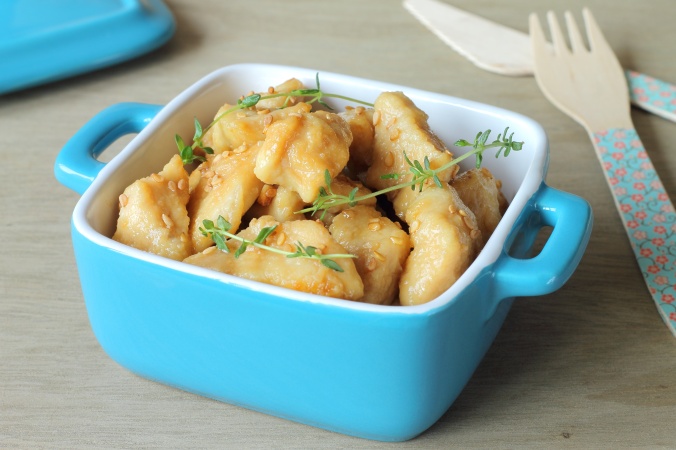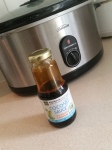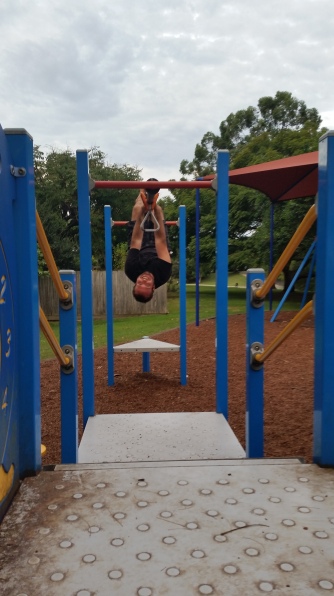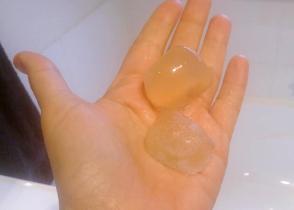Since my last barefoot-related blog post “Barefoot doesn’t = bogan” I’ve really become a big fan of barefoot. For myself personally, not just because of all the published benefits of it. I already knew how good it was for our health and since I’ve been going barefoot more and more often over the last few months I am totally in-love with walking and moving with no shoes on. Not just on comfy surfaces but almost everywhere. And the soles of my feet are toughening up the more I walk on rough surfaces, meaning I can walk on more rough surfaces and my feet are getting more used to it as I do.
Now.. I much prefer to be barefoot. I’m far more comfortable! Which is a really nice way to be!
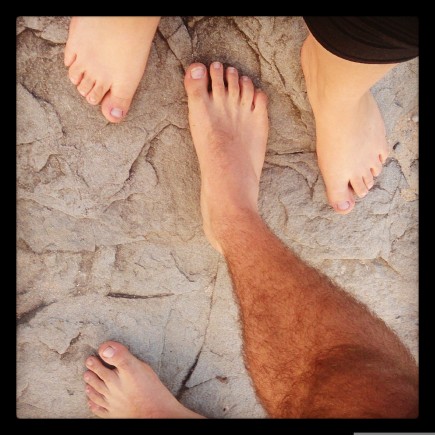
‘Comfort’ a word I don’t hear used very often. In life we use so many objects and put ourselves in so many situations that cause discomfort. Like high heels, chairs, heavy handbags, intense beauty regimes – none of which are natural for human beings and all of which cause some level of discomfort.
But I can honestly say I feel more comfortable being shoe-less these days.
At home (that was an easy one to master), at the beach (well it’s really just wrong to wear shoes on the sand!), walking on different pavement surfaces (that one took some getting used to!), and even bush walking in our local national parks (sometimes encountering gravel patches.. that one REALLY took some getting used to!!).
And guess what? My heels are not cracked. I don’t have ugly feet. In fact.. my heels are much less cracked than when I used to wear flats to my part time office job before I started working solely from home, the thickness of the skin is increasing, and my feet actually ‘look’ nicer! (not that too many people are grabbing my feet for close inspections of how pleasing on the eye they might be. It’s more for my own opinion).
So you could say the barefoot experiment is going great guns. I love it!
BUT! Yes, there’s a but…
Sometimes barefoot just isn’t ok. Like when it’s bindi season here in South East QLD for example.. barefoot and bindis just don’t mesh. Unless of course you have actual caveman-thick feet and you can’t feel a bindi sticking into your skin. That would be really nice, but I’m not there yet.
And in the middle of Summer when it’s so hot the asphalt roads start to melt and even the lighter colour pavement can burn the sole of a foot to a crisp.. that’s another time barefoot doesn’t work too well.
And.. sometimes a gal just wants to wear shoes and not rock up at a meeting or event foot-starkers! It does happen from time to time!
So there are occasions when footwear is desirable. But when you’ve been going barefoot for a while, totally loving it and totally hating shoes.. what’s one to do?
Go minimal of course!
Most of you guys would have seen someone, at some stage, wearing a pair of Vibram Fiver Finger’s, right? Maybe you passed a jogger wearing them and you did a double-take glance at their feet? Or you met someone like Clint out about, noticed his shoes, and all of a sudden it was the main topic of conversation for the next hour?!
Clint’s worn them for a few years now. They’re his ‘fancy’ footwear. He wears them when he needs to ‘dress up’ for a special occasion (yes, he’s worn them to flash weddings! Luckily his current pair and mostly black and not super noticeable) and he loves them for the times he can’t go barefoot for whatever reason.

They’re probably the most common and well-known form of minimalist footwear.
Some may suggest thongs or sandals would be considered as ‘minimal’ but, in my onion, if they don’t mold to the foot and let the foot move as naturally as possible then they’re pretty much the same as wearing closed-in restrictive shoes. Plus I’ve come across plenty of articles talking about how harmful to our structure and health wearing thongs (or ‘flip flops’ to our American friends) can be. So not only are they not classed as ‘minimal’ but they’re also not great for us.
Then you’ve got the big brand versions such as the Nike ‘Free’ shoes. But they’re still closed in, therefore somewhat restrictive.
There are other types of true minimalist footwear such as Hauraches (tribal sandals, pronounced “hor-arch-eez”) which Clint has always wanted to make, and are essentially a rubber or other mold-able material laced with some type of cord.

The positives of minimalist footwear? Well, heaps…
“The concept of returning to a more natural style of running was popularized by Christopher McDougall’s book, Born to Run. McDougall researched the Tarahumara Indians renowned for their ability to run barefoot for miles. McDougall found that the shorter, more repetitive stride you naturally take when running barefoot eliminated the heel pain he had been experiencing.
How? Running barefoot forces you to land on your forefoot and midfoot instead of your heel, as you do in the longer strides you take in constructed footwear. The result is more efficient transfer of energy; reduced impact on the joints in your feet, ankles, and knees; and strengthening of the muscles in your feet. Many people discover the same benefits McDougall has, which is one of the most compelling reasons so many of our customers are excited to try minimalist footwear.
Another big reason to try minimalist is, quite simply, it’s a lot fun. Having next to nothing on your feet is a liberating feeling that brings you closer to the earth in every way. You’re more aware of rocks, sticks, and subtle changes in terrain, and you can really feel the difference between running on grass, pavement, or dirt. Customers tell us that they feel like kids again and that they just plain enjoy their minimalist workouts more.” ALL ABOUT MINIMALIST FOOTWEAR – Eastern Mountain Sports
Not only is minimalist and barefoot running and walking better for the body structurally, it’s also more fun, yay!
But one of the big downsides of wearing any kind of shoe – minimalist or not – is the fact you lose out on earthing.
Beautiful, healing, natural, necessary earthing. Being physically connected to the earth and being able to literally absorb it’s healing benefits.
Why would one want to miss out on that when they’re so used to being barefoot and automatically receiving earthing?!
Well, I definitely don’t enjoy wearing shoes knowing I’m not getting earthing. But then I found me Earth Runners and problem solved!
So what’s an Earth Runner?!
Well… a few months ago I stumbled upon a post somewhere on social media showing an image of a pair of sandal-type things that allow earthing through the sole. I don’t remember exactly where I saw it, it was maybe Instagram or Facebook. The company was Earth Runners and the info in the post really interested me so I looked up their website, had a good look, loved what I was reading and decided to get in touch. This mob makes a minimalist shoe that has little copper bits built in to the sole, that allow the earthing energies from the ground to go up into the foot!
Amazing!
The company was nice enough to give me a pair so I could try them out and review them. They seemed really excited to hear an Aussie talk about earthing and loving minimalist shoes, so they were happy to help me out, and I was certainly happy to give them a burl!
I was asked to visit the Earth Runners website (affiliate link) and choose which style and size I wanted. Ooh, shopping online, so fun! I went with the Circadian, conductive with laces and when they arrived I was super pumped! It was still bindi season so this was good timing!

My toy, fresh outa the box!
The first surface I wore them on was the tiles inside when I put them on for the first time. I managed to get them on pretty easily the first time but I did need to watch the instruction video just to understand how the laces worked and how to adjust. It was good because it showed me how to trim the excess leather so I didn’t have any lose bits to trip on.
So I walked around the house in them for a few minutes and I have to say.. if you get a pair and you have tiled or polished timber floors, be sure to wear them OUTSIDE first to ‘break in’ the soles so they’re not slippery! As soon as I walked in them on tiles I was slipping! But once I’d been outside on concrete and slightly scuffed the soles, they were fine and never slipped again. Good tip!
Over the last couple of months I’ve worn them on a variety of different surfaces in different conditions so I could become fully aware of their capabilities. Here’s where I’ve worn them and what I thought of those experiences…
Concrete foothpaths – I’ve walked long distances on concrete and found them really comfortable. If a lace isn’t tightened properly though there can be slight rubbing under the foot from walking a long period of time (as with many shoes and sandals) so it’s important to ensure they’re tight enough before setting off. But the clip is so easy to adjust you can tighten or loosen easily at any time. It’s just a flick of a part of the clip, a gentle adjustment of the leather strap then push clip down to secure. Easy!

You can just make out the Earth Runner strap tan from my 1hr walk from Mooloolaba Esp to Maroochydore shopping centre on a sunny day!
Dirt and gravel paths – I wore these babies for a big bush walk in Kondalilla National Park a couple of weeks ago which was a good test for them on a variety of surfaces; from dirt/mud to gravel, and rocks. They went great on every single surface, always comfortable, and meant I could walk at a normal pace without the “ouchy ouchy ouchy” reaction of the gravel sections! The only time I took them off was at the bottom of the waterfall where it was all rocks, most wet. I prefer to walk barefoot when I’m climbing and exploring around areas like that. It feels good under my feet and the feedback my senses give me help me with agility and confidence moving across surfaces I’m still getting comfortable with.

Testing out walking on rocks during a bush walk in the forest
Grass and sand – during a couple of visits to the country, walking on thick and long farm grass, I found these great. It was hot out there those days, there were lots of sticks, twigs, spiky plants, all sorts of things so for my soles to be protected but my feet not heating up and causing excess sweating or discomfort was terrific. I didn’t need to have closed-in shoes, so just having something under my feet was perfect.
Even just walking near home during bindi season was a blessing; not getting a single prickle stuck in my foot just walking to bring the wheelie bin in, woo!
Walking on sand is probably the most challenging surface because, as with all sandals and thongs, sand gets in between the foot and shoe! That’s just gunna happen, there’s no way to stop that. So just take the shoes off and enjoy the sand under the feet!
Wet – I’ve walked in the rain with them and on muddy and slippery rocks and logs. The tread is terrific. No problems at all.
Summary – so what do I really think of Earth Runners?
Within a couple weeks of wearing the Earth Runners regularly (walking to the shops, bush walking, etc) I noticed they started to mold to the shape of my foot. That’s great, that’s the bomb diggidy when you’re after minimalist footwear! Previously I was wearing Dunlop Volley’s as a minimalist alternative to standard joggers and when Clint was allowed the Vibram Fiver Finger’s in the family! But they only mold very slightly and only inside the shoe. They certainly don’t let the foot move as it should, it’s still restrictive in many ways. It’s a step in the right direction (pardon the pun!) but it doesn’t compare to a true minimalist option.
So I love that the Earth Runners have molded to my feet. They felt comfortable from the very start, but to shape to my foot means when I’m walking in them my feet are really free and moving naturally.

Molding nicely to the shape of my foot
I also love that they didn’t rub anywhere unless I hadn’t tightened the straps enough. They didn’t rub on any of the parts of my foot they were touching; between the toes, on two spots on the top of my feet, around the heel, or underneath. Initially I was concerned they would. But the leather is so soft, unlike rubber on thongs, that the straps just felt like part of my feet!
I love that I can walk long distances in them on any surface and not have a sore back afterwards. Which I would get from any other type of shoe. I think because my arches are allowed to be strong and the support for the rest of my body, as they should, there’s no stress on my back. And because the shoes are so thin I’m having to walk almost as softly and gently (i.e. not slapping my foot down hard) as I would if I was totally barefoot. Which prevents a lot of pressure going up into the joints.
I love that I’m getting earthing while I’m wearing them. I’m not missing out on that huge barefoot benefit when I do need something under my feet for protection or comfort.
I love that they look nice. When I want to wear a shoe for the purpose of how I look, these look like a nice pair of sandals. I’ve even had compliments when people have looked down at my feet and said “Oh nice new sandals there!”. They look nice even after I’ve worn them in places that should have made them look worn or dirty – they don’t look dirty and I’ve not once washed them!! Bonus!
I love that they’re made of natural materials. I love that the base is Vibram meaning it’s incredibly durable (some are made with other brand soles but all are top quality and well-known). I love that they’ll last me ages therefore less money being spent on shoes and better for the environment throwing out less things and less synthetic things too!
I don’t do much running, a bit of barefoot technique sometimes in among my play sessions, and these puppies feel great when I do. Just a tip: when ordering online be sure to measure your feet accurately. As opposed to me who accidentally asked for a size slightly too big for my feet. Therefore when I run I need to make an effort to lift my feet a bit higher. Oops. But other than that, they’re amazing for running in!
Basically.. I love everything about them!
I am a big fan of Earth Runners and am more than happy to promote them to anyone and everyone! We are lucky enough to have an affiliate link set up on the website and blog, so you can easily grab a pair through us. We ONLY affiliate with brands we 100% trust and respect. So stay tuned for that!
Want a pair? Grab some here! (affiliate link)
Thanks to Michael and the team at Earth Runners for making these amazing shoes! Love your work guys!
Aimee
5 things I’m grateful for:
1. My pair of Earth Runners!
2. Getting earthing and healing energy from the planet
3. Now being more comfortable barefoot than in cushioned shoes
4. Bush walking
5. Raw honey. It’s really yum!
